Question
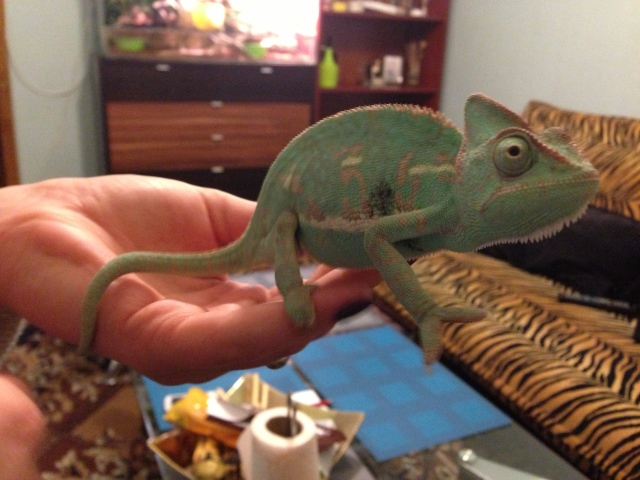 Black spot
Black spot 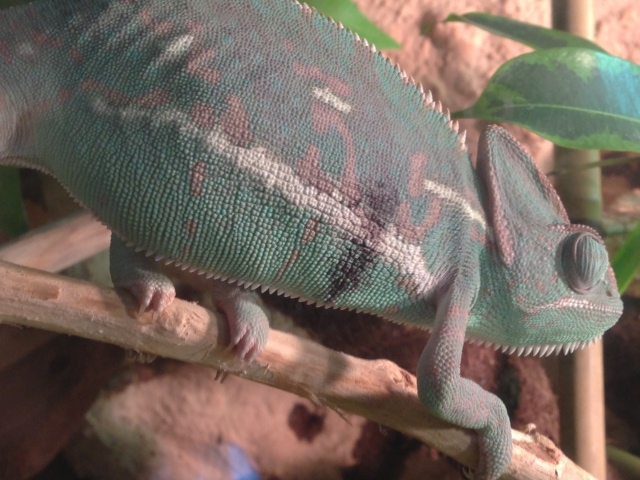 Black spot close up
Black spot close up
species - chamaeleo calyptratus (female); habitat size - 100x50x40 (lenghtxheightxwidth); substrate - exo terra forest bark; humidity - ~30%; basking temp 35C/ ambient 23C; lighting - Exo Terra Sun Glo 100w and UVB Exo Terra 100 5.0 13w (coil); vet history N/A; food - crickets, Nauphoeta cinerea cockroaches, superworms; feeding every day; supplement every time when feeding with "VIGOREPT"; last time ate 10 min ago; water is given in a fountain and is filled up once in a while when it evaporates a little; defecated today; captive bred; shed ~1 month ago; no animals living in the same terrarium.
It seems that a black spot has appeared on the right side of the chameleon. At fist there were a few little spots and strokes, after a day or so it became like what you can see in the pictures. What could it be and how should we treat it? She hasnt suffered any trauma recently
AnswerHi Jane,
Thank you for including the excellent photos and other details.
My first thought is that it may be the start of an infection, possibly bacterial or fungal. It does not look like a burn or a bruise to me. Otherwise she looks very healthy.
Is she in a well ventilated enclosure like a screen cage? Skin infections and respiratory problems can arise when there is poor ventilation. This is usually combined with high humidity although your current humidity level is not high.
The two possible treatment options that I would suggest (aside from seeing a veterinarian if possible) are povidone iodine or preferably chlorhexidine. Both of these are common antiseptics in human medicine used for surgical preparation and to treat wounds and burns. I think you should be able to find one of them at the pharmacy. You will need to apply them directly to the affected area. Each of them are effective against both bacteria and fungus.
I hope you are aware that she may lay eggs at some point even without being with a male. You will need to provide a suitable spot for her to deposit the eggs. Without this she could become egg-bound.



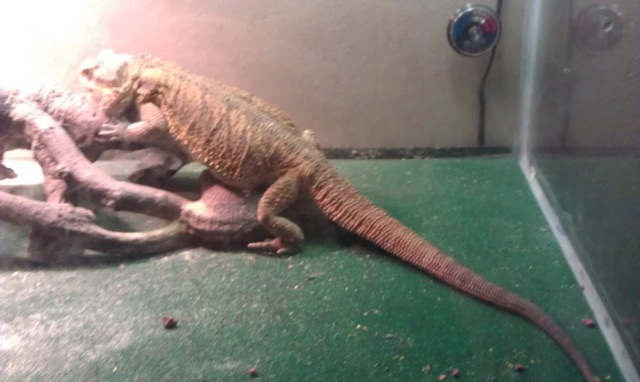 sick beardy
QuestionQUESTION: Hello my family recently was given a
sick beardy
QuestionQUESTION: Hello my family recently was given a
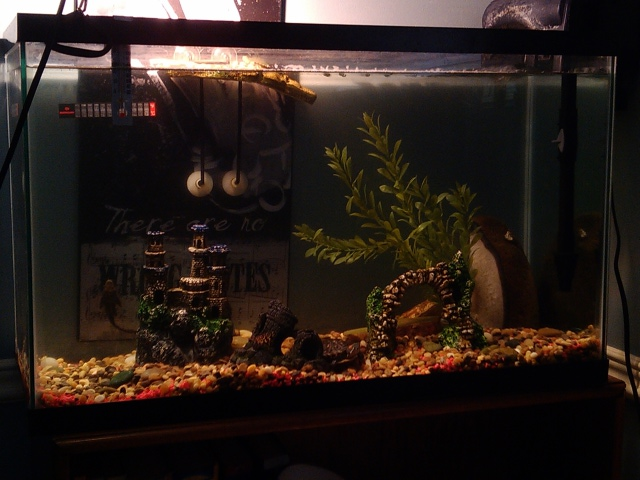 Red Eared Slider
QuestionQUESTION: I have had a red eared slider for abo
Red Eared Slider
QuestionQUESTION: I have had a red eared slider for abo
 chameleon has developed a black spot on its side
Question
Black spot Black spot close up
sp
chameleon has developed a black spot on its side
Question
Black spot Black spot close up
sp
 wild/not so wild green and brown anoles
Question
lizards "Pheobe"
Dear M
wild/not so wild green and brown anoles
Question
lizards "Pheobe"
Dear M
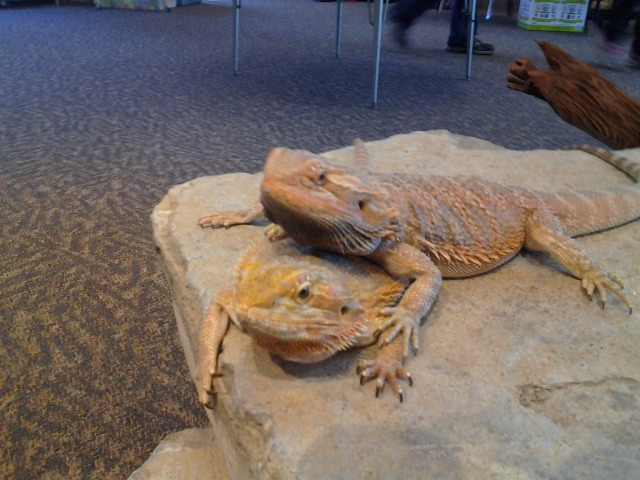 bearded dragon breeding
Question
Delylah and Spike
I have a 4 year old f
bearded dragon breeding
Question
Delylah and Spike
I have a 4 year old f